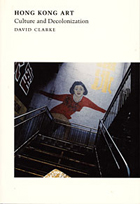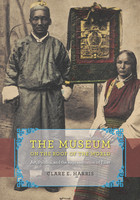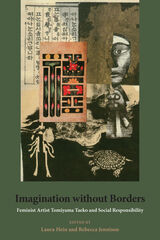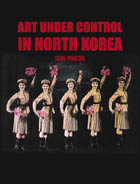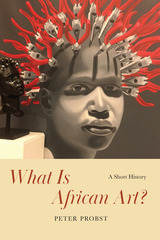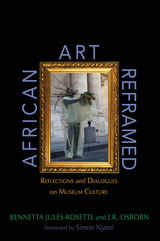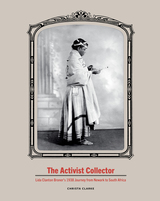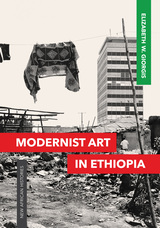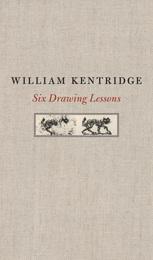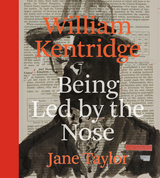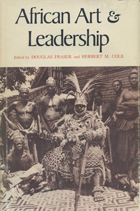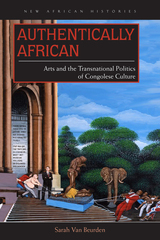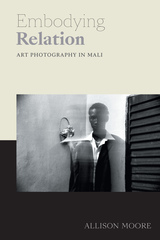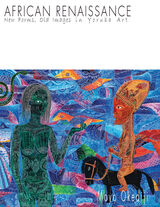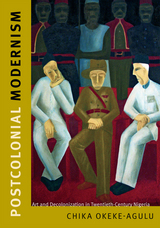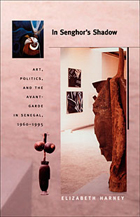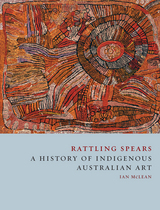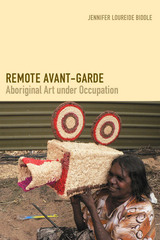African Royal Court Art
University of Chicago Press, 1998
Cloth: 978-0-226-11575-7
Library of Congress Classification N7391.65.C66613 1998
Dewey Decimal Classification 709.67
Cloth: 978-0-226-11575-7
Library of Congress Classification N7391.65.C66613 1998
Dewey Decimal Classification 709.67
ABOUT THIS BOOK | TOC
ABOUT THIS BOOK
In this visually stunning work, anthropologist Michèle Coquet presents the power and the brilliance of African court arts. Grounding her analysis in the social and historical context of traditional royalty systems, Coquet examines the diverse roles played by artisans, nobles, and kings in the production and use of royal objects. From the precolonial kingdoms of the Edo and the Yoruba, the Ashanti and the Igbo, Coquet reconstructs from a comparativist view the essential cultural connections between art, representation, and the king.
More than ornamentation, royal objects embodied the strength and status of African rulers. The gold-plated stools of the Ashanti, the delicately carved ivory bracelets of the Edo-these objects were meant not simply to adorn but to affirm and enhance the power and prestige of the wearer. Unlike the abstract style frequently seen in African ritual art, realism became manifest in courtly arts. Realism directly linked the symbolic value of the object-a portrait or relief-with the physical person of the king. The contours of the monarch's face, his political and military exploits rendered on palace walls, became visual histories, the work of art in essence corroborating the ruler's sovereign might.
Richly illustrated and wonderfully detailed, Coquet's influential volume offers both a splendid visual presentation and an authoritative analysis of African royal arts.
"[This] beautiful and exciting book emphasizes the skillful court art of the Benin, Dahomey, and the Kongo. A very interesting and unusual approach to the art of the continent that has been too easily situated 'outside of history.'"—Le Figaro
More than ornamentation, royal objects embodied the strength and status of African rulers. The gold-plated stools of the Ashanti, the delicately carved ivory bracelets of the Edo-these objects were meant not simply to adorn but to affirm and enhance the power and prestige of the wearer. Unlike the abstract style frequently seen in African ritual art, realism became manifest in courtly arts. Realism directly linked the symbolic value of the object-a portrait or relief-with the physical person of the king. The contours of the monarch's face, his political and military exploits rendered on palace walls, became visual histories, the work of art in essence corroborating the ruler's sovereign might.
Richly illustrated and wonderfully detailed, Coquet's influential volume offers both a splendid visual presentation and an authoritative analysis of African royal arts.
"[This] beautiful and exciting book emphasizes the skillful court art of the Benin, Dahomey, and the Kongo. A very interesting and unusual approach to the art of the continent that has been too easily situated 'outside of history.'"—Le Figaro
See other books on: Africa, Sub-Saharan | Art and state | Kings and rulers | Portraits | Todd, Jane Marie
See other titles from University of Chicago Press

